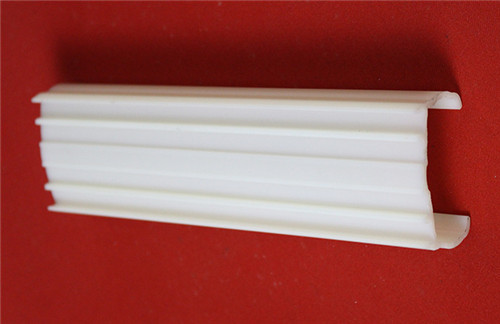
Phone Number :
10 11, 2023

What grade of polypropylene is used in extrusion? This question is crucial for those involved in the plastic industry, as selecting the appropriate grade of polypropylene is essential for successful extrusion processes. Polypropylene, a widely used thermoplastic polymer, comes in various grades, each offering unique characteristics suitable for specific applications.
Homopolymer polypropylene is one of the most commonly used grades in extrusion. It is made from a single type of polymer and is known for its high strength, rigidity, and chemical resistance. Homopolymer PP is ideal for applications requiring excellent dimensional stability, such as pipes, fibers, and sheets. Its ability to withstand high temperatures also makes it suitable for use in automotive parts and appliances.
Random copolymer polypropylene is another prevalent grade used in extrusion. It is created by incorporating a small amount of ethylene monomer during the polymerization process, which imparts flexibility and transparency to the material. Random copolymer PP exhibits better impact strength and lower melting points compared to homopolymer PP, making it suitable for applications requiring good clarity, such as packaging, films, and containers. Its flexibility also allows it to be used in living hinges and various molded parts.
Block copolymer polypropylene is a specialized grade used in specific extrusion applications that require both toughness and flexibility. It is created by linking together blocks of homopolymer and random copolymer PP during the polymerization process. The resulting material has improved impact resistance, maintaining dimensional stability while offering flexibility. Block copolymer PP finds applications in industries such as automotive, electrical, and appliances, where a combination of strength and flexibility is essential.
In summary, various grades of polypropylene are used in extrusion processes, each providing distinct characteristics suited for specific applications. Homopolymer PP offers high strength and rigidity, ideal for applications requiring dimensional stability. Random copolymer PP provides flexibility and transparency, making it suitable for packaging and films. Block copolymer PP combines toughness and flexibility, catering to specialized applications. Understanding the different grades of polypropylene allows manufacturers to choose the most appropriate material for their extrusion processes, ensuring optimal product performance.